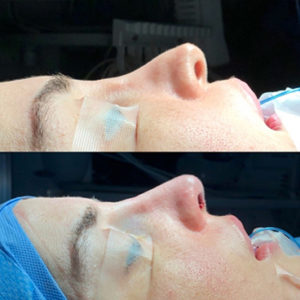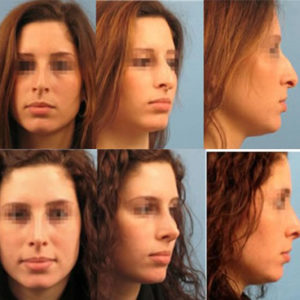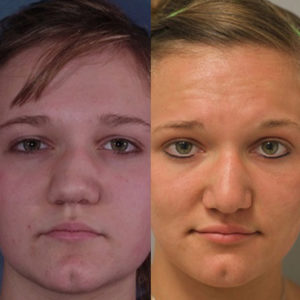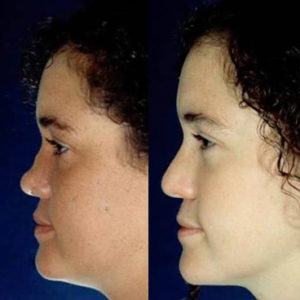Introduction Generations of rhinoplasty surgeons have struggled to find a way to correct and consistently manage saddle deformities of the nasal dorsum. These deformities of the nasal framework can lead to devastating emotional and psychological effects in patients1. The more common causes that can lead to the development of these severe dorsal contour irregularities are… [Read More]
Saddle Nose Deformity
Management of the middle vault
Abstract Special anatomic features determining both nasal aesthetics and function make middle vault surgery a challenging task for the rhinoplastic surgeon. Spreader grafts and spreader flaps, the split hump technique and the use of diced cartilage with fascia are some of the most common tools currently used for correction. The techniques described in this article… [Read More]
Saddle Nose Deformity: Selection of Augmentation Materials and Management
Introduction A saddle nose deformity is characterized by a markedly depressed bony dorsum and an accompanying collapse of the middle nasal vault in relation to the tip and dorsum1. This deformity is the result of a complex interplay of factors leading to the loss of structural support of the nasal septum and upper lateral cartilages,… [Read More]
Saddle Nose Deformity
Nasal reconstruction has historically been a challenging art for surgeons. Straddling the realm of aesthetics and anatomic function, rhinoplasties are temperamental procedures and leave little room for error. Of nasal repairs, saddle nose is not uncommon and remains challenging. Resulting from a broad spectrum of etiologies, and presenting with a wide degree of variation and… [Read More]




